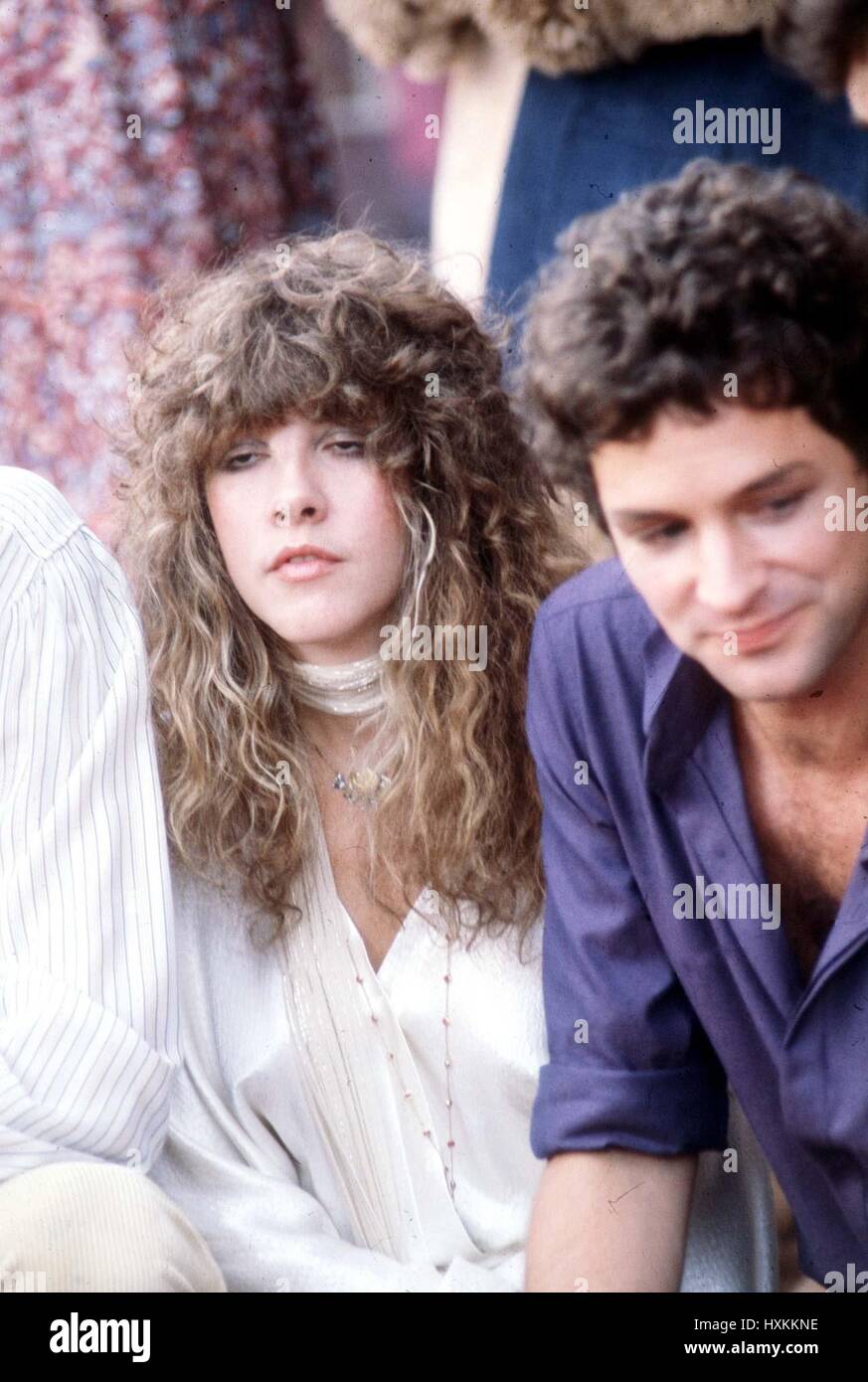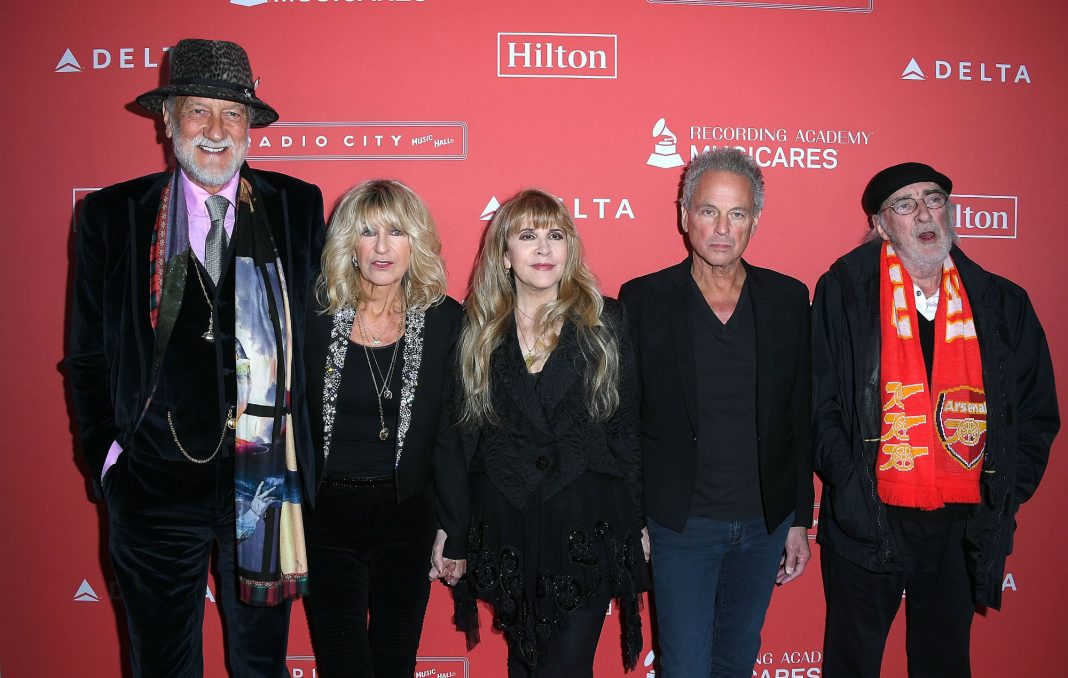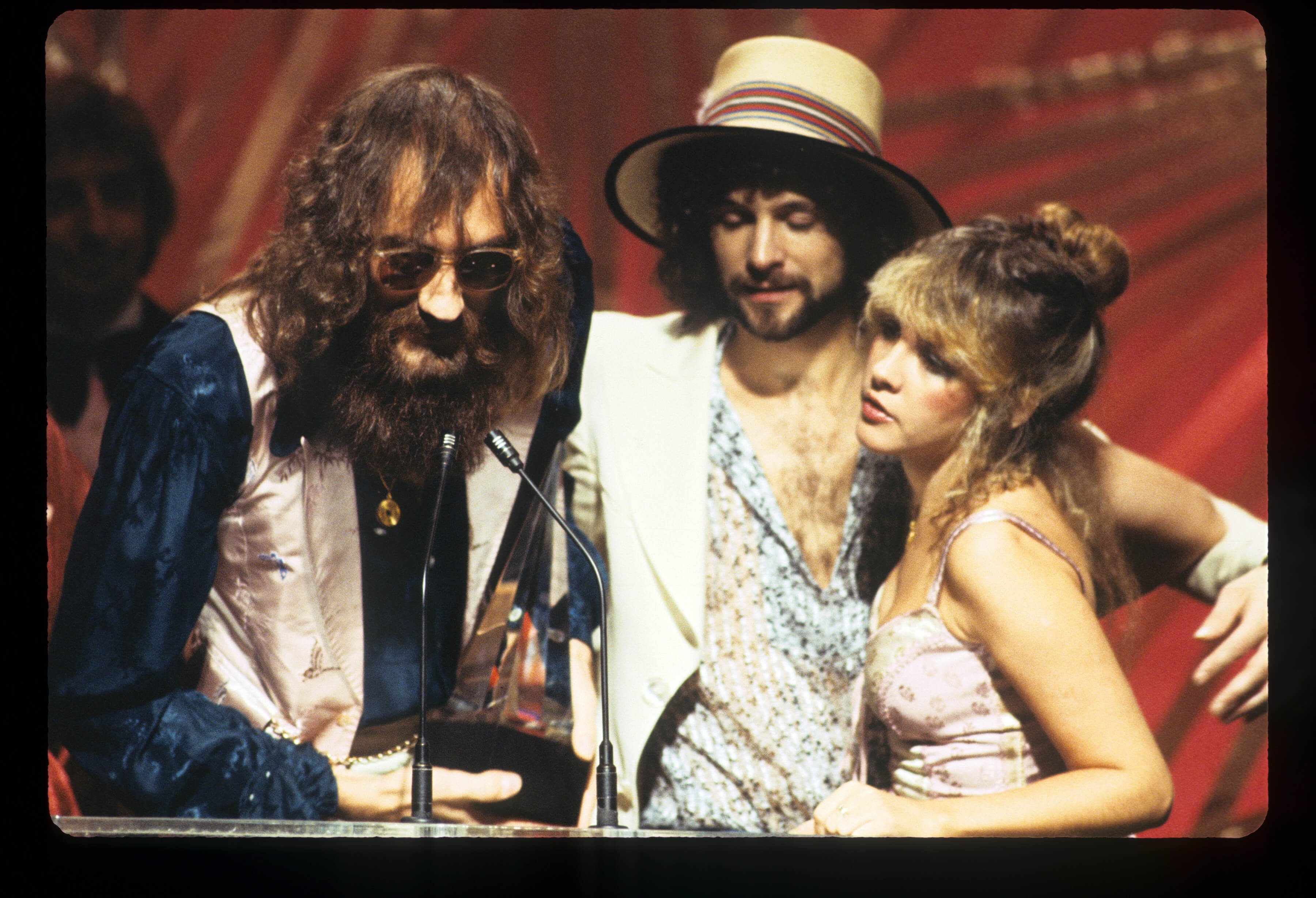Darjeeling Traffic Congestion: Causes And Solutions

Table of Contents
Darjeeling, the queen of hills, renowned for its breathtaking views and serene atmosphere, is increasingly grappling with a significant challenge: severe traffic congestion. This burgeoning problem isn't merely an inconvenience; it significantly impacts tourism, the local economy, and the daily lives of its residents. The charming narrow streets, once a symbol of Darjeeling's unique character, are now often choked with vehicles, causing delays, frustration, and environmental concerns. This article delves into the root causes of this congestion and explores potential solutions to alleviate the strain on Darjeeling's roads and improve the overall quality of life for both locals and visitors.
Causes of Darjeeling Traffic Congestion
The current Darjeeling traffic congestion crisis is a complex issue stemming from a confluence of factors. Understanding these underlying causes is the first step towards finding effective solutions.
Rapid Tourism Growth
Darjeeling's immense popularity as a tourist destination fuels a massive influx of vehicles, particularly during peak seasons. This surge in traffic overwhelms the existing road infrastructure, leading to significant delays and bottlenecks.
- Inadequate Parking: The lack of sufficient and well-planned parking facilities forces many vehicles to park haphazardly along roadsides, further constricting traffic flow. This is especially problematic in the already narrow streets of the town.
- Private Vehicle Dominance: The preference for private vehicles over public transport contributes to the problem, leading to a higher overall number of vehicles on the road.
- Inefficient Peak Season Management: The existing traffic management systems often prove inadequate during peak tourist seasons, leading to further congestion and chaos.
Inadequate Infrastructure
Darjeeling's road infrastructure, while historically charming, is simply not designed to cope with the current volume of traffic.
- Narrow, Winding Roads: The narrow, winding roads, characteristic of the hilly terrain, are inherently unsuitable for high traffic volumes. Overtaking is difficult and dangerous, leading to frequent slowdowns.
- Limited Expansion Potential: The challenging topography restricts the possibilities for road expansion and improvements. Constructing wider roads or new bypasses is often extremely expensive and environmentally sensitive.
- Poor Road Maintenance: Poor road maintenance and frequent landslides further exacerbate the problem, causing unexpected closures and diversions that disrupt traffic flow. This often leads to unplanned rerouting and congestion.
- Lack of Bypass Roads: The absence of bypass roads or alternative routes forces almost all traffic to funnel through the city center, leading to severe congestion.
Lack of Public Transportation Efficiency
The existing public transport system in Darjeeling is insufficient to meet the demands of both residents and tourists.
- Insufficient Frequency and Coverage: The frequency of buses and other public transportation options is often inadequate, forcing people to rely on private vehicles. The coverage area is also limited, leaving some areas poorly served.
- Aging Fleet: Many of the public transport vehicles are old and unreliable, leading to breakdowns and further disruptions to services.
- Lack of Integration: There is a lack of integration between different modes of public transport, making it difficult for passengers to seamlessly transfer between buses and other options.
- Limited Accessibility: Many public transport options lack accessibility features for people with disabilities.
Unplanned Urban Development
Uncontrolled urban development has significantly contributed to Darjeeling's traffic woes.
- Road Encroachment: Haphazard construction and encroachment on roads have narrowed already constricted thoroughfares, making traffic flow even more difficult.
- Poor Urban Planning: The lack of proper zoning and urban planning regulations has allowed for uncontrolled development, increasing traffic congestion without the necessary infrastructure improvements.
- Inadequate Pedestrian Infrastructure: The inadequate provision of pedestrian walkways and cycle lanes forces pedestrians to share the road with vehicles, increasing the risk of accidents and slowing down traffic.
- Commercial Activity Boom: Increased commercial activities, without sufficient infrastructure to support them, have further contributed to congestion.
Solutions to Darjeeling Traffic Congestion
Addressing Darjeeling's traffic woes requires a multi-pronged approach that tackles both the immediate and long-term challenges.
Improved Public Transportation
Investing in and improving the public transportation system is paramount to reducing reliance on private vehicles.
- Modernization of Fleet: Introducing modern, comfortable, and efficient buses and other public transport options, such as electric vehicles, will encourage greater usage.
- Increased Frequency and Coverage: Increasing the frequency and expanding the routes of public transport will ensure better service coverage across the entire area.
- Improved Accessibility: Public transport should be made accessible to all, including people with disabilities, through appropriate infrastructure and vehicle adaptations.
- Integrated Ticketing Systems: Implementing integrated ticketing systems will make travelling on public transport simpler and more convenient.
Smart Traffic Management Systems
Implementing modern traffic management systems can significantly improve traffic flow and reduce congestion.
- Intelligent Traffic Lights: Installing intelligent traffic lights that adapt to real-time traffic conditions can optimize traffic flow.
- Real-time Monitoring: Implementing real-time traffic monitoring and management systems will allow authorities to respond to incidents and congestion quickly.
- Enhancing Enforcement: Strengthening traffic enforcement and controlling illegal parking will free up valuable road space.
- Predictive Modeling: Utilizing technology to predict traffic flow patterns can assist in proactive management strategies.
Promoting Sustainable Transportation
Promoting sustainable and eco-friendly transportation methods is crucial for reducing traffic and improving air quality.
- Cycling and Walking Infrastructure: Developing dedicated cycle lanes and pedestrian walkways will encourage active transport.
- Carpooling and Ride-Sharing: Promoting carpooling and ride-sharing initiatives among both residents and tourists can reduce the number of vehicles on the road.
- Innovative Transport Solutions: Exploring the feasibility of cable cars or other innovative transportation solutions, appropriate to the hilly terrain, should be considered.
Strategic Urban Planning
Effective urban planning is vital in mitigating future traffic problems and improving the overall quality of life in Darjeeling.
- Stricter Regulations: Implementing stricter urban planning regulations to prevent further encroachment on roads and ensure controlled development is essential.
- Adequate Parking: Developing adequate parking facilities outside the congested city center will help reduce on-street parking.
- Bypass Roads and Alternative Routes: Creating bypass roads or alternative routes will divert traffic away from the city center, significantly reducing congestion.
- Road Improvement Projects: Investing in road widening and maintenance projects, where feasible, will improve road conditions and traffic flow.
Conclusion
Darjeeling's traffic congestion is a multifaceted problem demanding a comprehensive and integrated approach. Addressing the root causes, from rapid tourism growth to inadequate infrastructure and inefficient public transport, is crucial for long-term solutions. Implementing the proposed solutions – improved public transport, smart traffic management systems, promotion of sustainable transportation, and strategic urban planning – will be vital in alleviating persistent Darjeeling traffic congestion and creating a more liveable and sustainable hill station. Let's work together to find lasting solutions for Darjeeling traffic congestion. Take action today to help improve the flow of traffic in Darjeeling, preserving its unique charm for generations to come!

Featured Posts
-
 50 1
May 04, 2025
50 1
May 04, 2025 -
 Volkanovski Vs Lopes Ufc 314 Results Winners And Losers Analysis
May 04, 2025
Volkanovski Vs Lopes Ufc 314 Results Winners And Losers Analysis
May 04, 2025 -
 Lizzo Returns With A Fiery New Track
May 04, 2025
Lizzo Returns With A Fiery New Track
May 04, 2025 -
 Singapore Election 2024 A Crucial Test For The Pap
May 04, 2025
Singapore Election 2024 A Crucial Test For The Pap
May 04, 2025 -
 Significant Shift Farage Now Favored Over Starmer As Prime Minister In Over Half Of Uk Constituencies
May 04, 2025
Significant Shift Farage Now Favored Over Starmer As Prime Minister In Over Half Of Uk Constituencies
May 04, 2025
Latest Posts
-
 Fleetwood Macs Buckingham And Fleetwood Back Together In The Studio
May 04, 2025
Fleetwood Macs Buckingham And Fleetwood Back Together In The Studio
May 04, 2025 -
 Analyzing The Longevity Of Fleetwood Macs Top Selling Records
May 04, 2025
Analyzing The Longevity Of Fleetwood Macs Top Selling Records
May 04, 2025 -
 Lindsey Buckingham And Mick Fleetwood Reunite In The Studio
May 04, 2025
Lindsey Buckingham And Mick Fleetwood Reunite In The Studio
May 04, 2025 -
 Lindsey Buckingham And Mick Fleetwood The Story Behind Their Reunion
May 04, 2025
Lindsey Buckingham And Mick Fleetwood The Story Behind Their Reunion
May 04, 2025 -
 Exploring Fleetwood Macs Vast And Successful Music Catalog
May 04, 2025
Exploring Fleetwood Macs Vast And Successful Music Catalog
May 04, 2025
